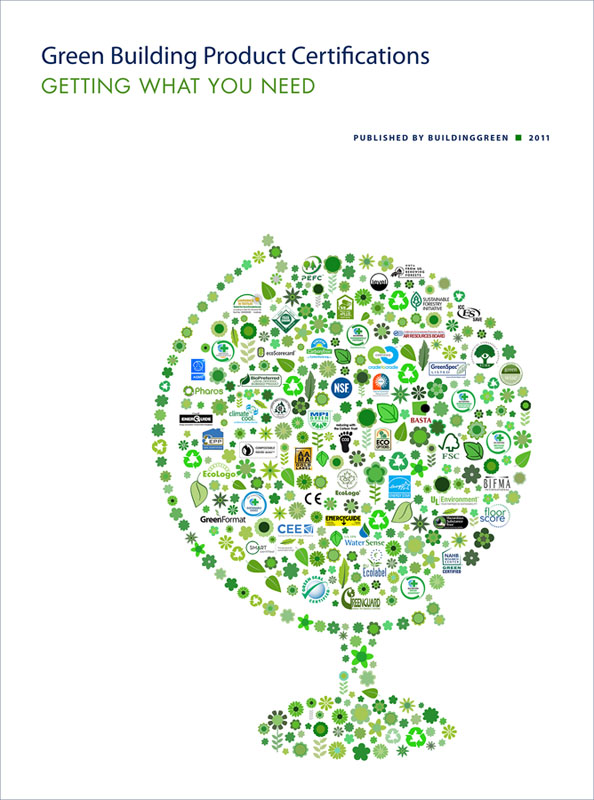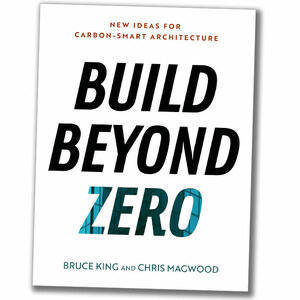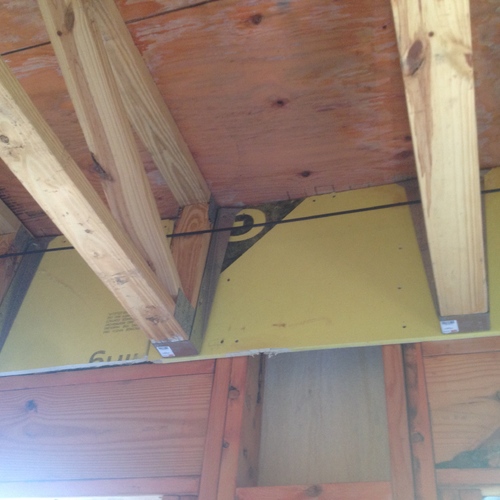
Image Credit: Building Green
I was honored to be asked by GBA to review Green Building Product Certifications, a recent publication of Building Green, Inc. that makes a valiant attempt to demystify the seemingly infinite range of product certifications currently in the marketplace. The first clue that this was not going to be easy was the third line of the table of contents – “Green Labels: A mess, but not as bad as you think.”
Call me a skeptic, but I think it is probably as bad, or worse, than I think. Check out this quote early in the book: “A 2009 study by TerraChoice found 98% of consumer products … committed one of their seven sins of greenwash.” Another one I liked: “Most marketing claims, product specifications…are first-party declarations that have not been independently tested or verified.” What’s a poor boy to do?
They Got Their Priorities Right
Not unexpectedly, our friends at Building Green have their priorities straight, something they made clear with this statement to designers in the Getting What You Need section: “For most buildings, the environmental impact of its operations over its lifetime dwarfs the manufacturing impact of the products from which it is made. Focus on building an efficient, durable, high performing building.”
I also appreciated their analysis of the carpet industry and their sustainable efforts: “Carpet is a leader in the development and use of environmental certifications but is also one of the most environmentally problematic flooring choices – frequently less durable, more energy-intensive, more difficult to clean, and associated with more health and environmental concerns than other floor coverings.” In other words, avoid using carpet, no matter how sustainably it is produced.
They also point out that installing certified products doesn’t make a greener building, and focusing on products at the expense of high performance design “never makes sense.”
Don’t Touch Me!
Once you make it through the approximately twelve page introduction, you get to the meat of the book, which is a review and analysis of (I assume) every labeling and certification program for green building materials in the U.S., plus a few from Europe. All the well-known labels are there – Energy Star, U.S. Energy Guide Label, WaterSense, Greenguard, FSC, SFI, and so on.
At one point, while reading about the new Greenguard Premium label, a developing “comprehensive health-based standard that addresses chemical emissions from products,” I found myself thinking that maybe I shouldn’t touch anything ever again, out of a sudden fear of toxic chemicals in everything.
Too Many Letters
One thing that struck me was the almost absurd number of acronyms used in green certifications: RoHS, CARB, ICC-ES SAVE, SMaRT, BASTA, ATCM, NSF, SCAQMD, BIFMA, and so on. They do a good job of describing the value of each of these (and many, many more) certifications, providing each with their own “quick take,” which includes their honest opinion of the value of each program.
It is a huge amount to digest, and while the sheer volume of information may turn off professionals who are not inclined to delve into this much detail, it is an incredible source for those who want to learn more about green products.
Just How Big a Mess?
The conclusion I drew after spending a few hours with this 88-page tome is that we have a long way to go before product certification becomes mainstream. There are some very good programs, some pretty weak ones, several that are very rigorous but have little market penetration, and many that are just average.
Building Green makes it pretty clear that some of the best-known certifications, many of which are recognized by most green building programs, are vague, open to gaming, can be outdated, and often don’t measure the important stuff. Their conclusion is that confusion reigns primarily because no single authority has stepped up to provide leadership. Product certification has been dominated by a large group of small organizations, including government agencies, nonprofits, and for-profits, none of which have had the resources or clout to cut through the clutter.
It is possible that UL Environment, which purchased Greenguard after publication, may be that entity that has the power to consolidate. In the meantime, I think I’ll just sit on the sidelines and wait to see what happens.
Read All About It
GBA subscribers can get their own copy of the report at a $20 discount at the following link: http://tinyurl.com/3b9dmxw. It is well worth reading for anyone interested in the current state as well as the future of green building materials certification.
Weekly Newsletter
Get building science and energy efficiency advice, plus special offers, in your inbox.















3 Comments
Ok, ok
Now you have a comment Carl : ) - seriously though, very nice review
And major thanks for retweeting this by the way, I was looking for a few quotes for an article tommorow (with links back of course)
Only 2% did not commit greenwash?!
98% is an astounding figure ... That's definitely worse than I would have thought. Great review.
Response to Emily Widle
Emily,
Here's a link to the 2007 report on greenwashing from TerraChoice:
The Six Sins of Greenwashing
Log in or create an account to post a comment.
Sign up Log in